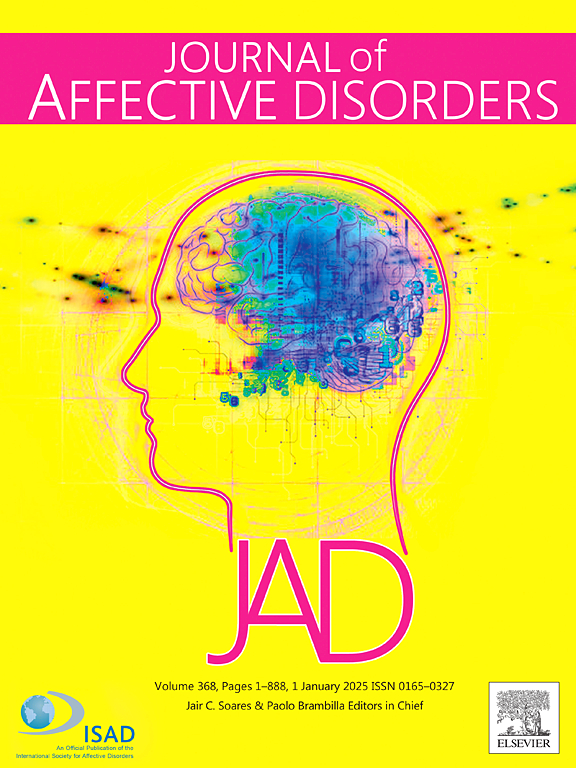Cluster-specific urban contexts associated with high levels of sleep impairment and daytime sleepiness: Findings from the Urbasan collaborative study
IF 4.9
2区 医学
Q1 CLINICAL NEUROLOGY
引用次数: 0
Abstract
Introduction
Impaired sleep is a global health concern. However, the environmental factors contributing to sleep impairment in urban settings are still not well understood.
Methodology
This study involved 179 participants from a Swiss municipality (Yverdon-les-Bains), where sleep quality and diurnal sleepiness were measured using validated questionnaires, alongside environmental and geo-referenced data.
Results
The findings revealed a high prevalence of sleep disorders across diverse demographic groups (respectively 15.6 % for diurnal sleepiness and 91.1 % for significantly altered sleep quality). Additionally, sleep disorders were associated with both environmental and socio-demographic factors. Geospatial analysis identified clusters of sleep disturbances in specific neighborhoods, with distinct associations to specific sub-scores (factors) of the sleep evaluation.
Conclusion
Assessing sleep in urban environments is crucial, as it is linked to elevated levels of sleepiness. Environmental and socio-demographic variables play significant roles in these disturbances. The incorporation of geospatial analyses allows for a more precise identification of patterns within the city, offering opportunities for tailored interventions to address the different patterns of sleep disorders.
与高水平睡眠障碍和白天嗜睡相关的集群特定城市环境:来自Urbasan合作研究的发现
睡眠障碍是一个全球性的健康问题。然而,在城市环境中造成睡眠障碍的环境因素仍然没有得到很好的理解。该研究涉及来自瑞士市(yverden -les- bains)的179名参与者,他们使用有效的问卷以及环境和地理参考数据来测量睡眠质量和白天嗜睡。研究结果显示,在不同的人口群体中,睡眠障碍的患病率很高(分别为15.6%的人白天嗜睡,91.1%的人睡眠质量明显改变)。此外,睡眠障碍与环境和社会人口因素有关。地理空间分析确定了特定社区的睡眠障碍集群,与睡眠评估的特定子分数(因素)有明显的关联。结论:评估城市环境中的睡眠是至关重要的,因为它与嗜睡程度的升高有关。环境和社会人口变量在这些干扰中起着重要作用。地理空间分析的结合可以更精确地识别城市内的模式,为量身定制的干预措施提供机会,以解决睡眠障碍的不同模式。
本文章由计算机程序翻译,如有差异,请以英文原文为准。
求助全文
约1分钟内获得全文
求助全文
来源期刊

Journal of affective disorders
医学-精神病学
CiteScore
10.90
自引率
6.10%
发文量
1319
审稿时长
9.3 weeks
期刊介绍:
The Journal of Affective Disorders publishes papers concerned with affective disorders in the widest sense: depression, mania, mood spectrum, emotions and personality, anxiety and stress. It is interdisciplinary and aims to bring together different approaches for a diverse readership. Top quality papers will be accepted dealing with any aspect of affective disorders, including neuroimaging, cognitive neurosciences, genetics, molecular biology, experimental and clinical neurosciences, pharmacology, neuroimmunoendocrinology, intervention and treatment trials.
 求助内容:
求助内容: 应助结果提醒方式:
应助结果提醒方式:


